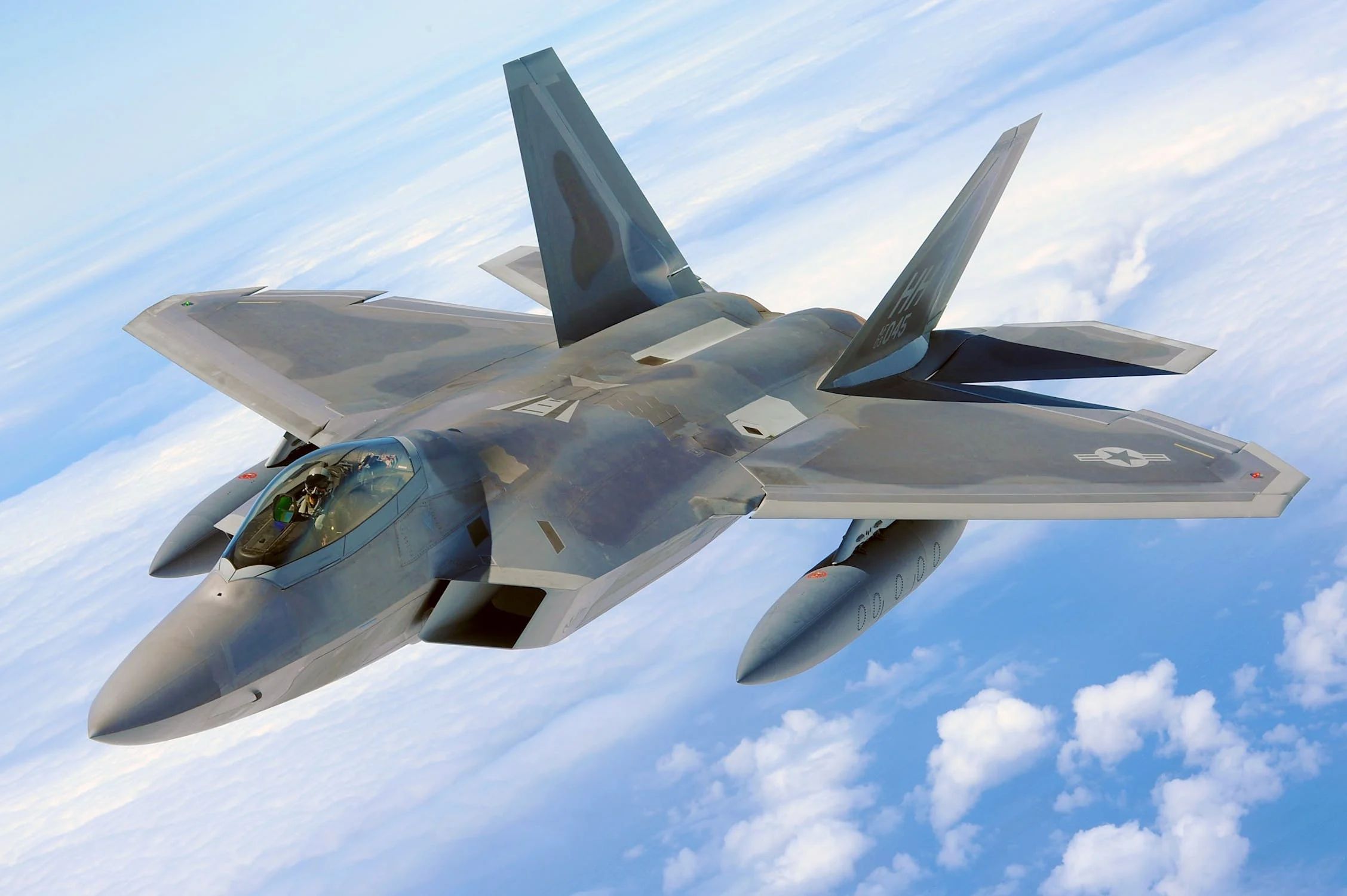
17 Apr AIR FORCE SPEAKERS: THE FUTURE OF FLIGHT AND COMBAT
As we progress further into the 21st century, the future of the air force is increasingly being marked by rapid technological advancements and the evolving nature of warfare. Wherever you turn, it’s sure to say that the battlefield of tomorrow will be characterized by cutting-edge innovations that will transform the way airpower is projected and maintained. Bearing this in mind, it’s important to contemplate and debate several top trends and developments that are shaping the future of the air force.
By way of illustration, let’s start by looking at the development of hypersonic weapons, which are capable of traveling at speeds greater than Mach 5, or five times the speed of sound. These weapons offer unparalleled speed, range, and maneuverability, enabling air forces to strike targets at vast distances with minimal warning. As hypersonic technology continues to mature, you can bet that the air force of the future will integrate these high-speed weapons into their arsenal, offering a powerful deterrent and a new strategic advantage in aerial combat.
Don’t forget either that directed energy systems, such as lasers and microwave weapons, are being developed to provide air forces with the ability to engage and neutralize threats with unprecedented precision and speed. These advanced systems have the potential to revolutionize air defense by offering a non-kinetic means of intercepting and disabling enemy missiles, drones, and other aerial threats.
The future of the air force will likely see an increased reliance on unmanned aerial systems (UAS) as well. They’ve already proven to be invaluable assets in intelligence, surveillance, and reconnaissance (ISR) missions, as well as precision strike operations. The development of advanced UAS will enable air forces to conduct a wider range of missions without putting human pilots at risk, while also providing new capabilities such as extended flight durations and reduced detection by enemy radar systems.
Moreover, the emergence of swarming drone technology will enable air forces to deploy large numbers of small, inexpensive, and expendable drones to overwhelm enemy defenses and coordinate attacks. These swarms can be used for reconnaissance, electronic warfare, or even direct engagement, providing air forces with new options for striking targets and maintaining air superiority.
The integration of artificial intelligence (AI) into air force operations has the potential to revolutionize the way aerial combat is conducted as well. Put simply – this technology can be used to enhance the capabilities of UAS, automate data analysis and decision-making, and optimize the deployment of assets and resources. As AI continues to advance, automation will increasingly be used to improve situational awareness, boost mission effectiveness, and maintain a strategic advantage over adversaries.
However, the rise of AI and cyber warfare also presents new potential hurdles for air forces, as adversaries may seek to exploit weaknesses in digital systems to disrupt communications, gather intelligence, or launch targeted attacks. As a result, the air force of the future will need to prioritize cyber defense and develop strategies to protect their critical infrastructure and assets from digital threats.



